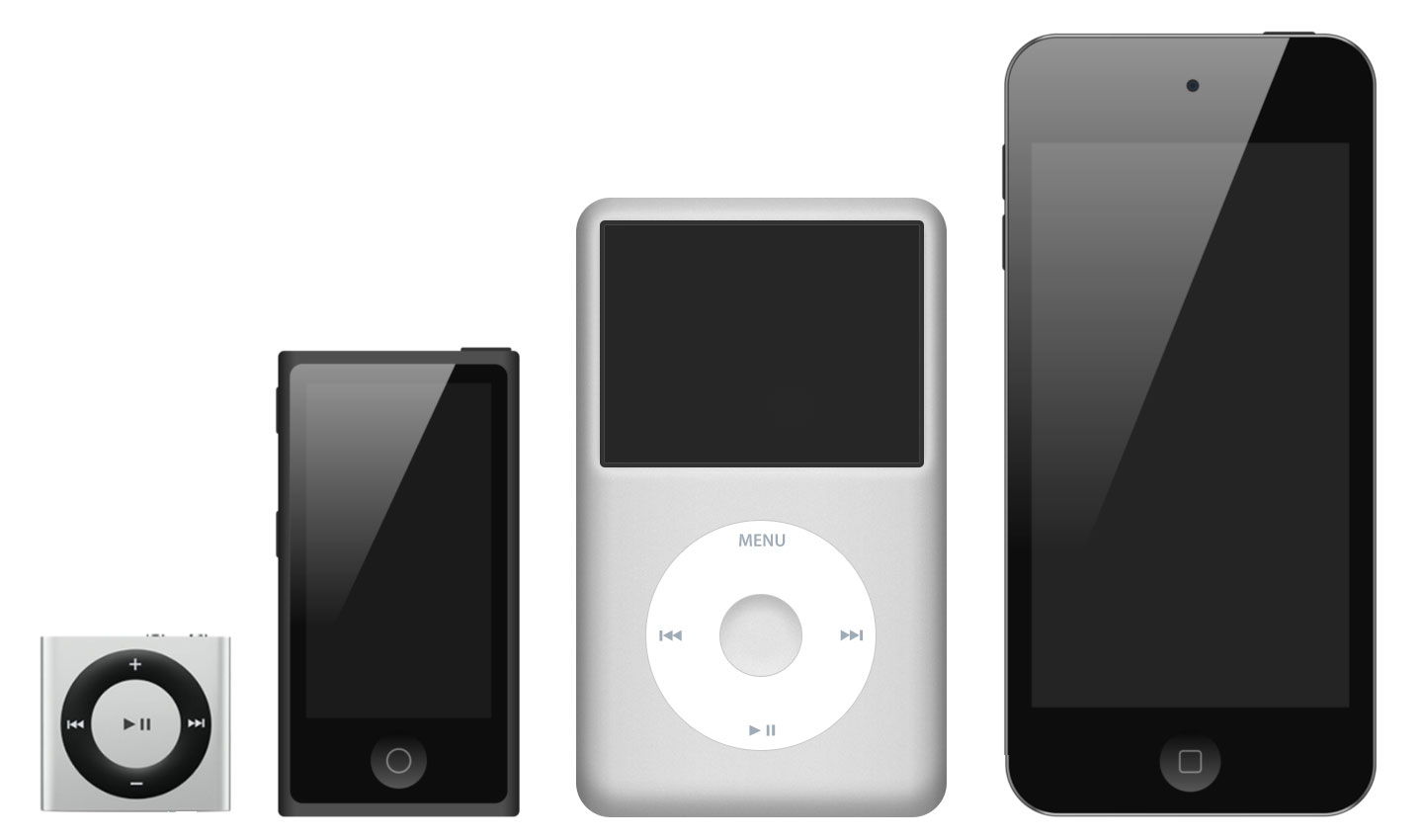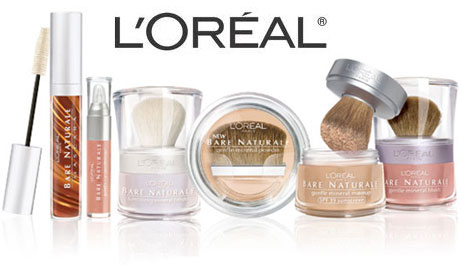When Motorola released its earnings report for the second quarter ending June 2005, analyst and competitors alike were stumped. The company posted revenues of $8.83 billion up from $7.4 billion a year ago and earnings of $993 million against a $203 million loss a year ago. Selling 34 million handsets, the cell phone unit accounted for 55% of the quarterly revenue and $ 498 million in operating earnings. Motorola’s market share increased to 18.1%, a gain of 3.3%, establishing itself firmly as the second largest manufacturer behind Nokia (33% market share). This was an impressive turnaround for a company that had seen market share decline from a high of 51% during 1996 to a low of 13% in 2004 pushing it behind the market leader Nokia and the South Korean rival Samsung.… Read the rest
Marketing Case Studies
Case Study of Starbucks: Creating a New Coffee Culture
Is it possible to convince ordinary Americans who routinely open 3-pound value cans of coffee, shovel the grounds into a paper filter, push a button, and go about their business to suddenly change their ways? Will they be willing to spend $2 or more per day on the same item? Will this eventually evolve into a $1400 per year habit of a latte and a scan each day? The answer to these questions, according to Starbucks, is “absolutely!”
Starbucks began as a coffee importing firm. Howard Schultz, an employee in the organization, toured Italy in the early 1980s and watched as crowds of city dwellers began each morning with a stop at a coffee bar.… Read the rest
Case Study of McDonalds: Advertising and Promotion Strategies
McDonald’s is the worlds leading fast food restaurant and is globally recognized. With over tens of thousands of stores spread across 119 countries, McDonald’s serves an astounding 50 million customers daily. McDonald’s has been viewed as the pinnacle and one of the defining features of the American lifestyle. Burger, fries, and a Coke were the traditional meal. Once it spread globally, it boomed into popularity because other countries wanted to be associated with the successful image of the “American dream”.
McDonald’s provides a positive and caring attitude towards the community of which it serves. McDonalds’ vision states that “We are not a hamburger company serving people; we are a people company serving hamburgers”.… Read the rest
Case Study: iPod, Apple’s Best Innovation
Apple had in effect recognized an opening inside the digital music market. They had acknowledged that there was a drop in sales of digital music players due to the goods presently on the market being inadequate. Apple will have believed that the then current crop of music players were insufficient thus prompting them into designing the phenomenon that is the iPod. Due to the success of the Sony Walkman, Apple decided they wanted to enter the music player market. Therefore the company expanded from the core product of computers and software manufacture into many areas including personal music/media players (iPod). The creator of Apples iTunes was Steve Jobs, an in-house software creator.… Read the rest
Case Study: MasterCard’s Business Model
But what does MasterCard exactly do? It provides credit, debit, and prepaid cards from over 25,000 financial institutions. However, MasterCard is primarily a credit card company and specializes in the innovation of these cards throughout the world. It is a also a payment solutions company and through its three tiered business model as franchisor, processor and adviser, the company has developed a new world for its card holders and merchants. The company provides marketing, approval, and transaction services for a variety of payment products in more than 210 countries and territories.
Regardless of the type of card, all of them act under the “four-party” payment system.… Read the rest
Case Study: L’Oreal Marketing Strategies in India
Before the facial cosmetics, L’Oreal was known as a hair-color formula developed by French chemist Eugene Schueller in 1907. It was then known as”Aureole”. Schueller formulated and manufactured his own productswhich were sold to Parisian hairdressers. It was only in 1909 that Schueller registered his company as “Societe Francaise de Teintures Inoffensives pour Cheveus,”the future L’Oreal. Scheuller began exporting his products, which was then limited to hair-coloring products. There were 3 chemists employed in 1920. In 1950, the research teams increased to 100 and reached 1,000 by 1984. Today, research teams are numbered to 2,000 and are still expected to increase in the near future.… Read the rest



